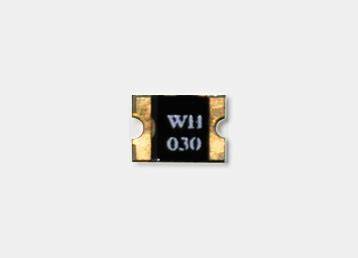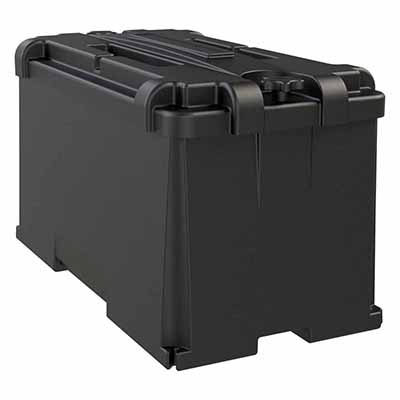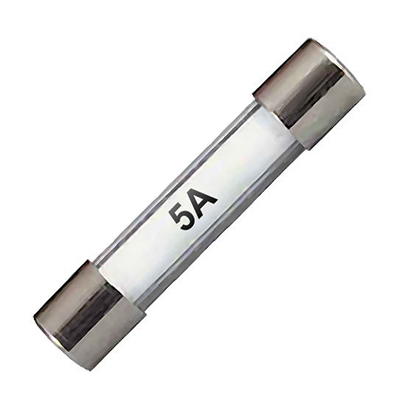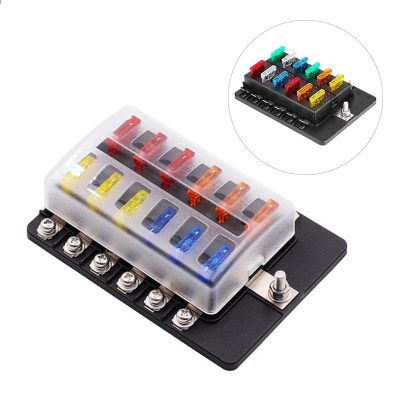Exploring Glass Fuses in Automotive Interior Lighting Systems
News 2025-10-27
Glass fuses play a vital role in safeguarding automotive electrical systems, especially in circuits for interior lighting. These components are essential for protecting against overloads and short circuits in vehicles, where interior lights such as dome lamps, reading lights, and instrument panel illumination are common. By interrupting excessive current flow, glass fuses prevent potential damage to wiring and electronic modules, ensuring reliable operation and safety. Their design, featuring a glass tube with a metal filament, allows for straightforward integration into car electrical architectures, making them a preferred choice for manufacturers and mechanics alike.

Key Applications in Vehicle Interiors
Glass fuses are widely used in automotive interior lighting circuits to handle specific demands. For example, they protect wiring in door-activated courtesy lights and dashboard displays, which must function reliably in various driving conditions. In modern vehicles with advanced features like LED ambient lighting or dimmable controls, these fuses guard against voltage surges and overcurrent events. Their compact form factor enables easy placement in fuse panels or directly within lighting assemblies, supporting both original equipment and aftermarket upgrades without compromising space or performance.
Advantages in Performance and Reliability
Glass fuses excel in automotive applications due to their rapid response to faults and high durability. The transparent glass body allows immediate visual inspection to confirm if a fuse has blown, speeding up diagnostics and repairs. They offer precise current ratings, ensuring protection tailored to the low-power needs of interior lights while withstanding temperature extremes common in vehicles. Additionally, their cost-effectiveness and long lifespan make them an efficient choice, reducing maintenance costs and enhancing overall system longevity in everyday use.
Frequently Asked Questions
1. What amperage is typical for interior light fuses?
Answer: Interior light fuses generally range from 5 to 15 amps, based on the vehicle’s design and lighting load.
2. How can I identify a blown glass fuse?
Answer: A blown fuse shows a visibly broken filament inside the glass, detectable by simple visual check.
3. Is it safe to use a higher-rated fuse as a replacement?
Answer: No, using a higher-rated fuse can lead to circuit damage or fire risks by not interrupting current properly.


